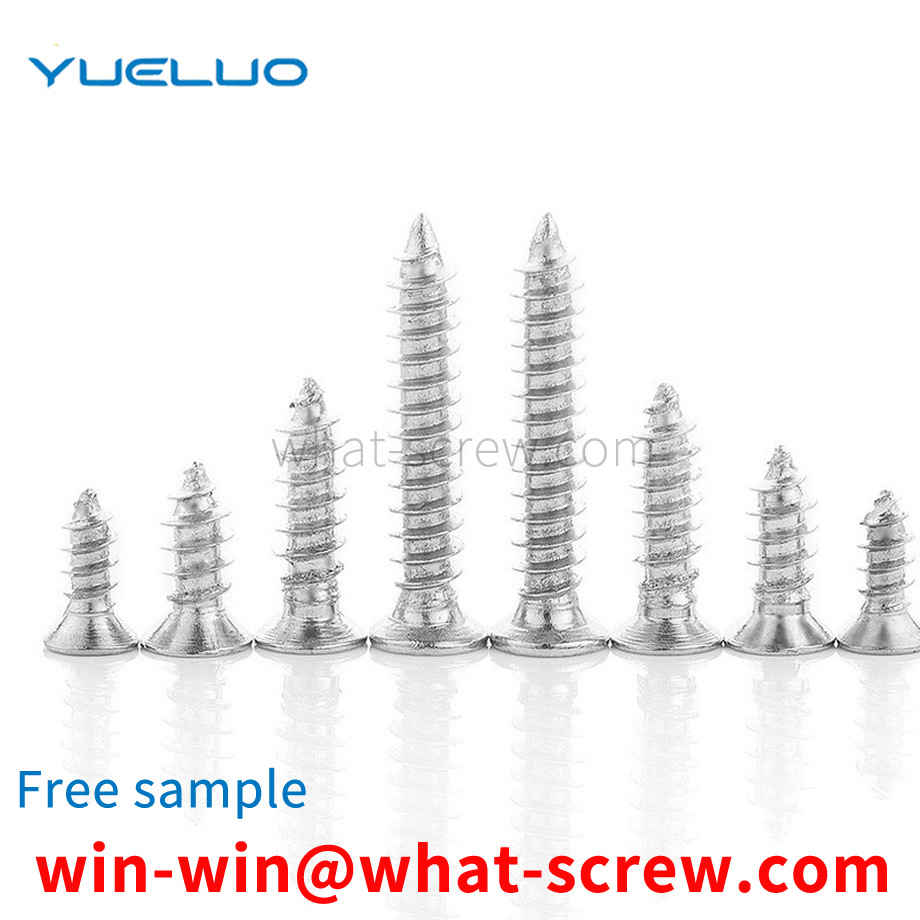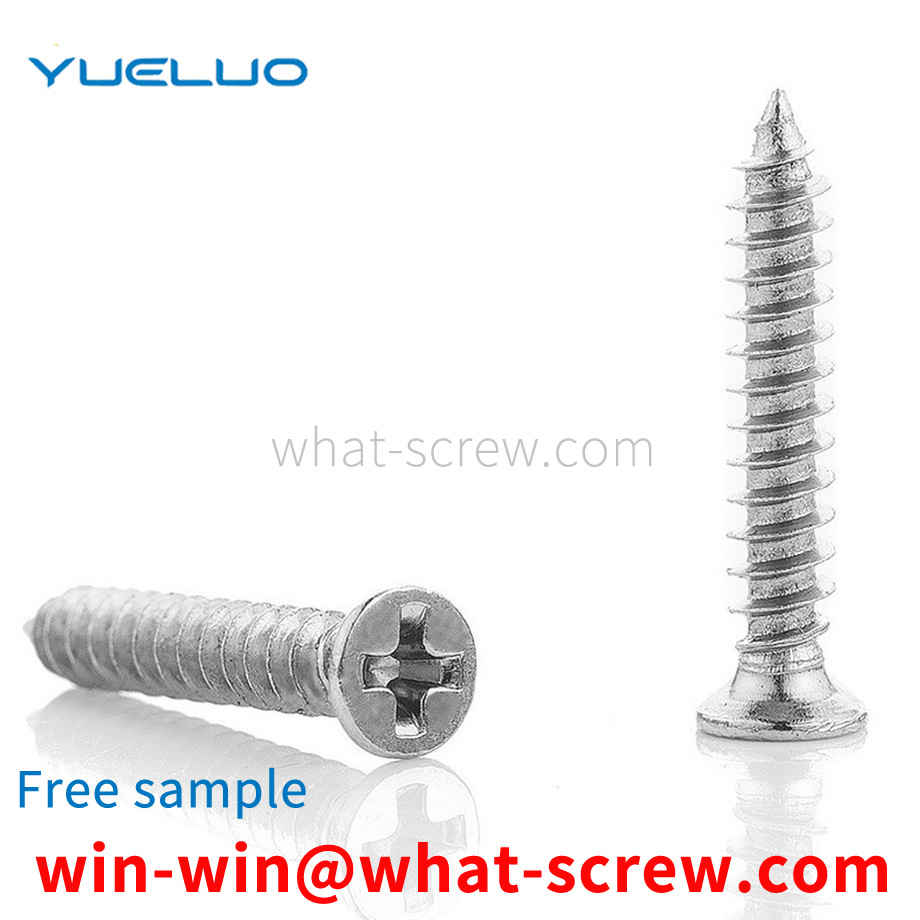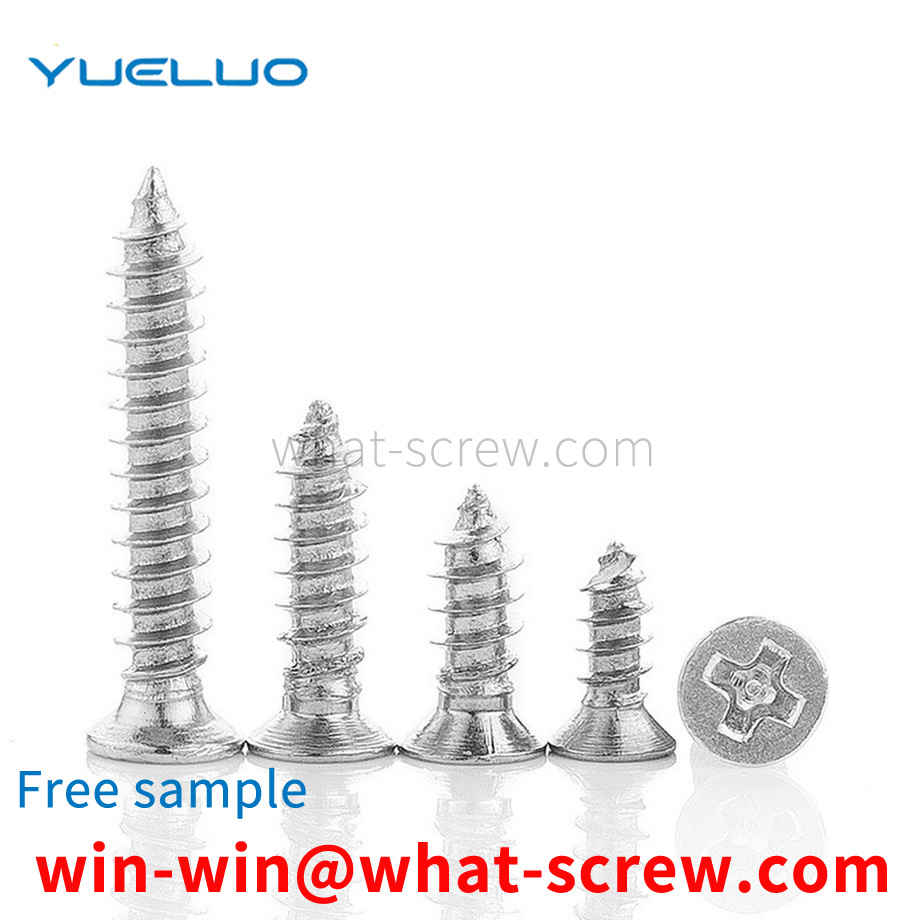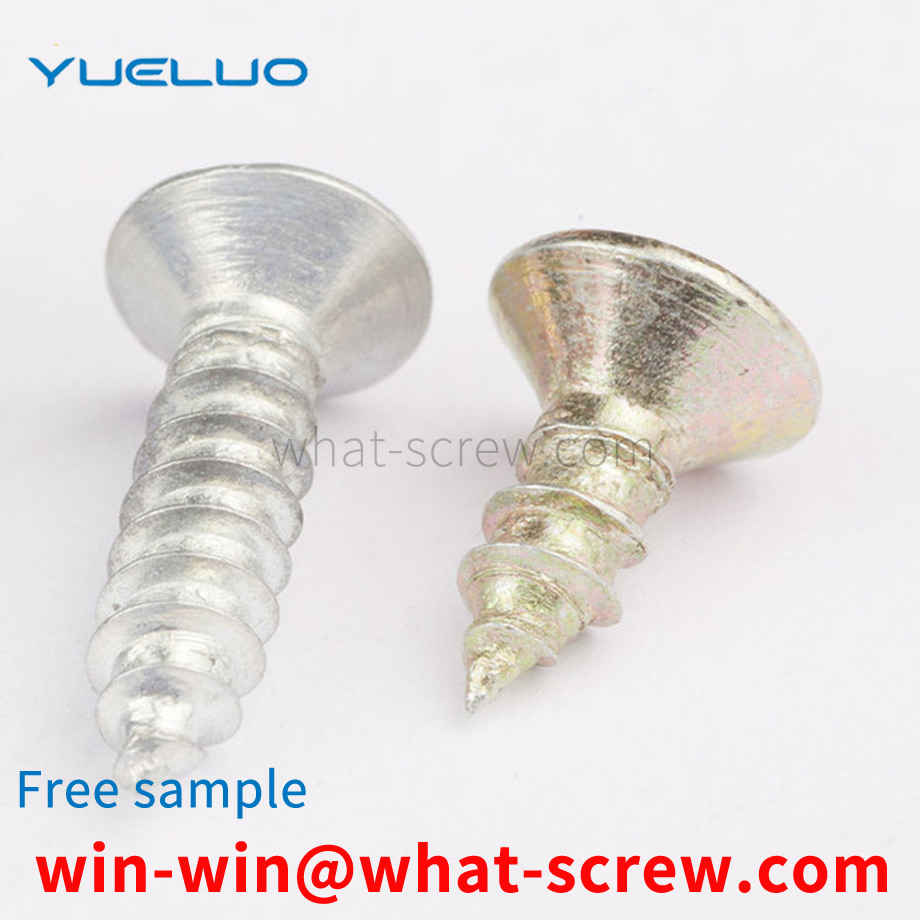What is the tolerance range of precision screws?
What is the tolerance range of precision screws?
Service Hotline
+86760-8787 8587We have more than ten years of production experience in the screw industry, the main products are: plate spacer studs, 12.9 carbon steel high-strength screws, DIN434 washers, half-threaded screw hexagon screws, copper hexagon screws, full-thread hexagon screws, stainless steel 304 bolts, Silicone sealing ring, bearing nut, female hand-tight knurled nut, column single-headed plastic, outer hexagon lifting bolt, cylindrical pin pin, T-screw, one round and one head and other fasteners, due to the different materials and specifications of the products Different, the price is also different, if you need, please contact us.


The bolt thread is generally cold worked, so that the thread blank within a certain diameter range passes through the rubbing (rolling) wire plate (die), and the thread is formed by the pressure of the wire plate (rolling die). The plastic streamline of the threaded part is not cut off, the strength is increased, the precision is high, and the quality is uniform, so it is widely used. In order to make the outer diameter of the thread of the final product, the required thread blank diameter is different, because it is limited by factors such as thread accuracy and whether the material is coated or not. Rolling (rubbing) thread is a processing method that uses plastic deformation to form thread teeth. It uses a rolling (screwing plate) die with the same pitch and tooth shape as the thread to be processed, while extruding the cylindrical screw blank, while rotating the screw blank, and finally transferring the tooth shape on the rolling die to the On the screw blank, the thread is formed. The common point of rolling (rubbing) thread processing is that the number of rolling revolutions does not need to be too much. If it is too much, the efficiency will be low, and the surface of the thread teeth will easily cause separation or random buckle. On the contrary, if the number of revolutions is too small, the diameter of the thread is easy to be out of round, and the pressure at the initial stage of rolling increases abnormally, resulting in a shortening of the life of the die. Common defects of rolled threads: cracks or scratches on the surface of the thread part; random buckles; out of roundness of the thread part. If these defects occur in large numbers, they will be discovered during the processing stage. If the number of occurrences is small, the production process does not notice these defects and then circulates to users, causing trouble. Therefore, the key issues of processing conditions should be summarized, and these key factors should be controlled in the production process.

The core rivet is another type of single-sided riveting. When riveting, the head of the rivet is hit with a hammer to expose the core, so that it is flush with the end face of the nail head, that is, the riveting operation is completed, which is very convenient, especially suitable for inconvenient Riveting occasions using ordinary rivets (which must be riveted from both sides) or blind rivets (lack of a rivet gun). Usually use flat head rivets, countersunk head rivets are suitable for occasions where smooth riveting is required on the surface.


The main categories of screws include ordinary screws, machine screws, self-tapping screws and expansion screws. Cap screws used to be limited to full-thread fasteners. Hex cap screw and Hex bolt Hex bolt As the name suggests, it is a male threaded fastener with a hexagonal head, designed to be turned with a wrench. According to the ASME B18.2.1 standard, the head height and shank length tolerance of the hexagon head screw (Hex cap screw) is smaller than that of the general hex bolt (Hex bolt), so the ASME B18.2.1 hexagon screw is suitable for installation in all hexagon bolts that can be used. places, also including places where the large hex bolts are too large to be used. Socket cap screw (also known as socket head screw or) is a screw with a hexagonal inner hole on the head, which can be tightened or loosened only after a hexagonal ruler (hex key, Allen wrench or Allen key) is inserted into the inner hole. The most commonly used hexagon socket head screws are cylindrical head screws with a head diameter of about 1.5 times the main diameter of the thread (1960 series). Countersunk head cap screw. The counterbore design allows the screw head to rotate without being exposed on the surface of the fixed object, so it is mostly used in places where the surface is small and traditional wrenches are inconvenient to use. Machine screw is generally a screw (4#~12#) with a diameter less than ¼ inches, usually full teeth and rotated by a screwdriver, such as slotted, cross or hexagon socket. Wood screws, machine screws; but can be divided into many categories according to different uses; machine screws can be divided into longitudinal tightening screws and horizontal expansion screws; according to the thread can also be divided into: A: Triangular thread (60 degrees ) : combined/locked/expanded B: triangular thread for pipe (55 degrees): combined/locked 3) C: trapezoidal thread (30 or 29 degrees): power transmission D: square thread (90 degrees): power transmission stainless steel screw Stainless Steel Anti-Drop ScrewsStainless Steel Anti-Drop Screws Machine (Treadmill) Screws And Shafts For Motorcycle Or Bicycle Needle Car Screws, Axes Screws And Shafts For Sewing Macing Socket Set Screws Stainless Steel Wide Thread ScrewsStainless Steel Coarse Thread Screws Stainless Steel High-Low Thread Screws Stainless Steel Machine Screws Stainless Steel Self Drilling Screws Stainless Steel Self Tapping Screws Stainless Steel Self Tapping Screws Stainless Steel Thread Cutting Screws Stainless Steel Triangle Stainless Steel Tri-Lobular Thread Screws Model Description P refers to the head type is PAN head; A refers to the pointed tail teeth, B refers to the flat tail teeth, namely PA round head pointed steel teeth, PB round head flat mouth steel teeth. Self-tapping type: ◆Round head self-tapping screw PA ◆Round head flat tail self-tapping screw PB ◆Round head cutting tail self-tapping screw PT ◆Round head belt self-tapping screw PWA ◆Round head belt and flat tail self-tapping PWB ◆Round head belt Jiecut tail self-tapping PWT ◆Countersunk head self-tapping screw KA ◆Countersunk head flat tail self-tapping screw KB ◆Countersunk head cut-tail self-tapping screw KT ◆Semi-countersunk head self-tapping screw OA ◆Big head self-tapping screw BA ◆Big head flat tail self-tapping screw BB ◆Large flat head self-tapping screw TA ◆Large flat head flat tail self-tapping screw TB ◆Large flat head cutting tail self-tapping screw TT ◆Thin head self-tapping screw CA ◆Thin head flat tail self-tapping screw CB ◆Cup head hexagon socket self-tapping HA ◆Drywall/Wallboard/Fiber Nails Machine Wires: ◆Round Head Machine Screw PM ◆Round Head Machine Screw PWM ◆Large Flat Head Machine Screw TM ◆Countersunk Head Machine Screw KM ◆Half Countersunk Head machine screw OM ◆Large head machine screw BM ◆Thin head machine screw CM ◆Cup head machine screw HM

On the other hand, especially in the aerospace field, the requirements for the sealing effect of screws are extremely strict, and the traditional screws are directly tightened when screwed into the workpiece or equipment, and the sealing effect is determined by the tightness, but due to the machining error of the workpiece or equipment The direct butt seal between the seals is difficult to achieve.

The above content is uploaded by Yueluo or the Internet. If there is any copyright issue, please contact [email protected].

What is the tolerance range of precision screws?

How to choose the right stainless steel screw manufacturer?

Why is there an R angle under the head of the hexagon head s...

We have more than ten years of production experience in the ...

We have more than ten years of experience in the production ...

We have more than ten years of experience in the production ...

We have more than ten years of experience in screw industry ...